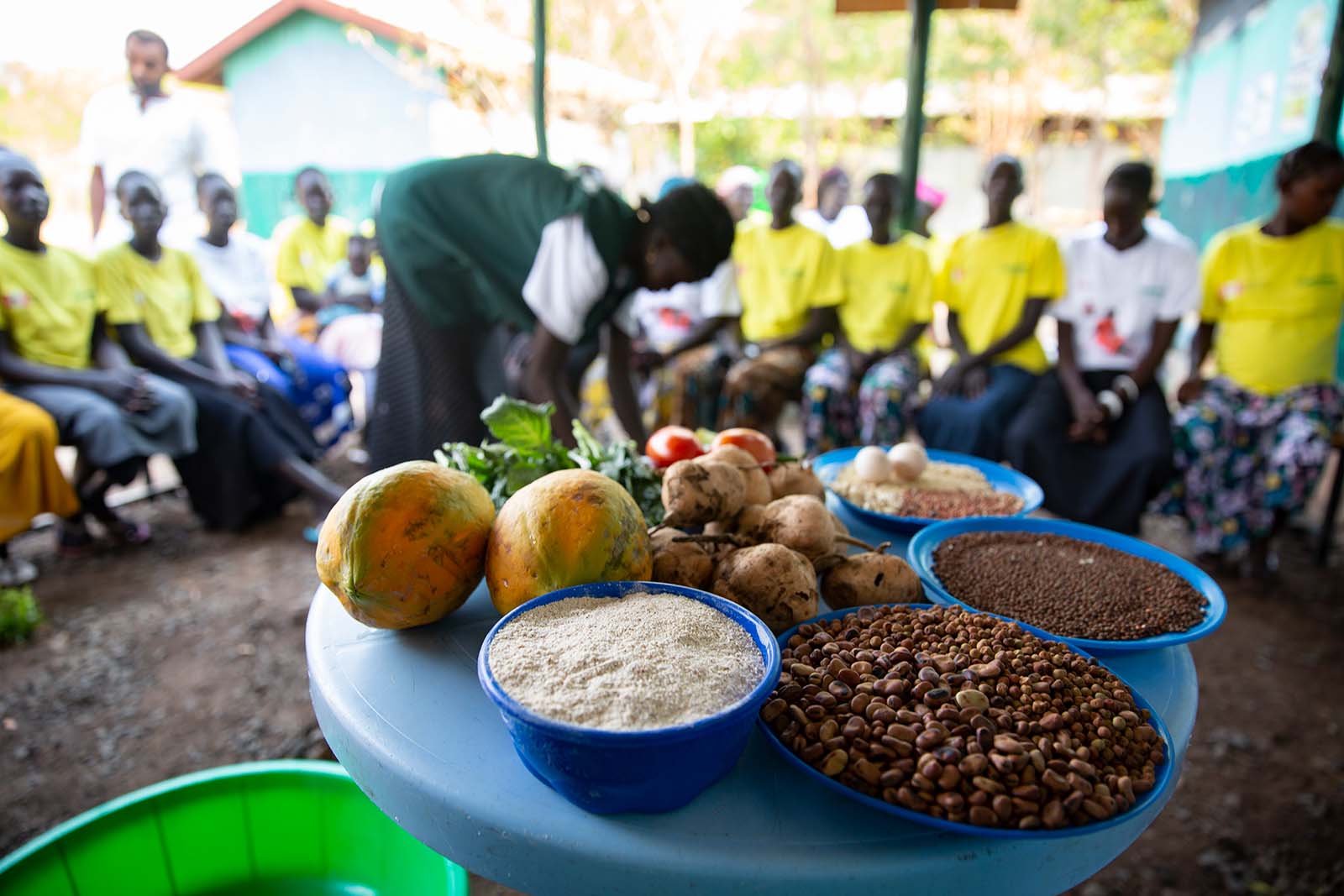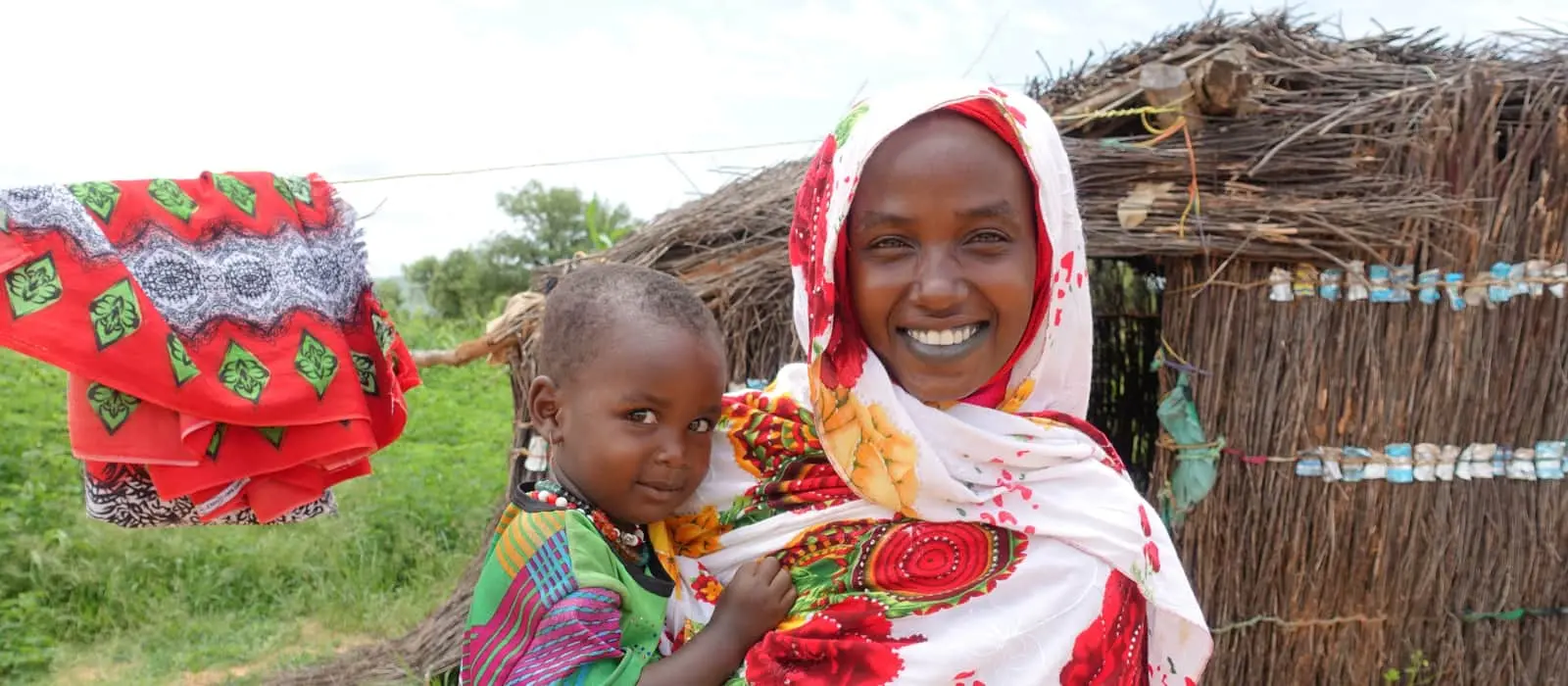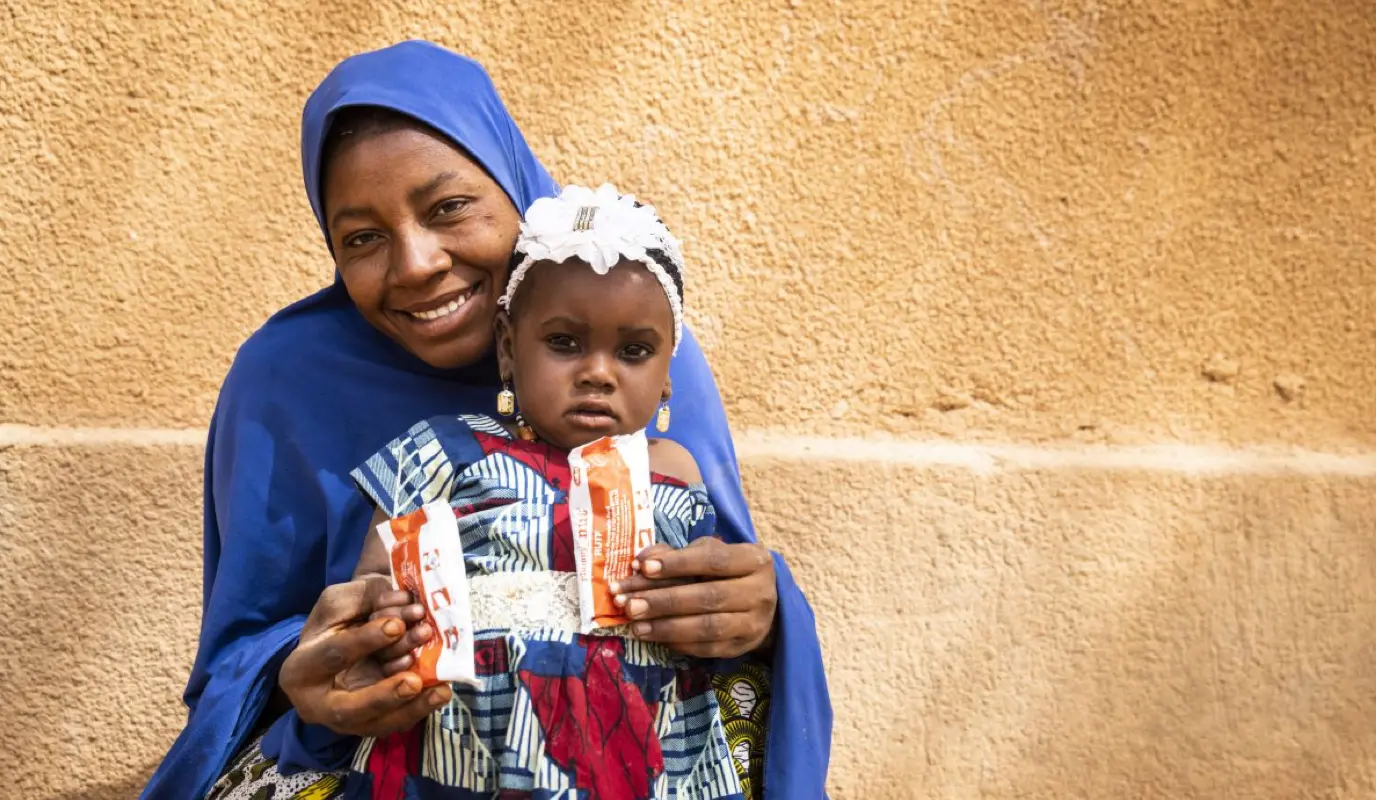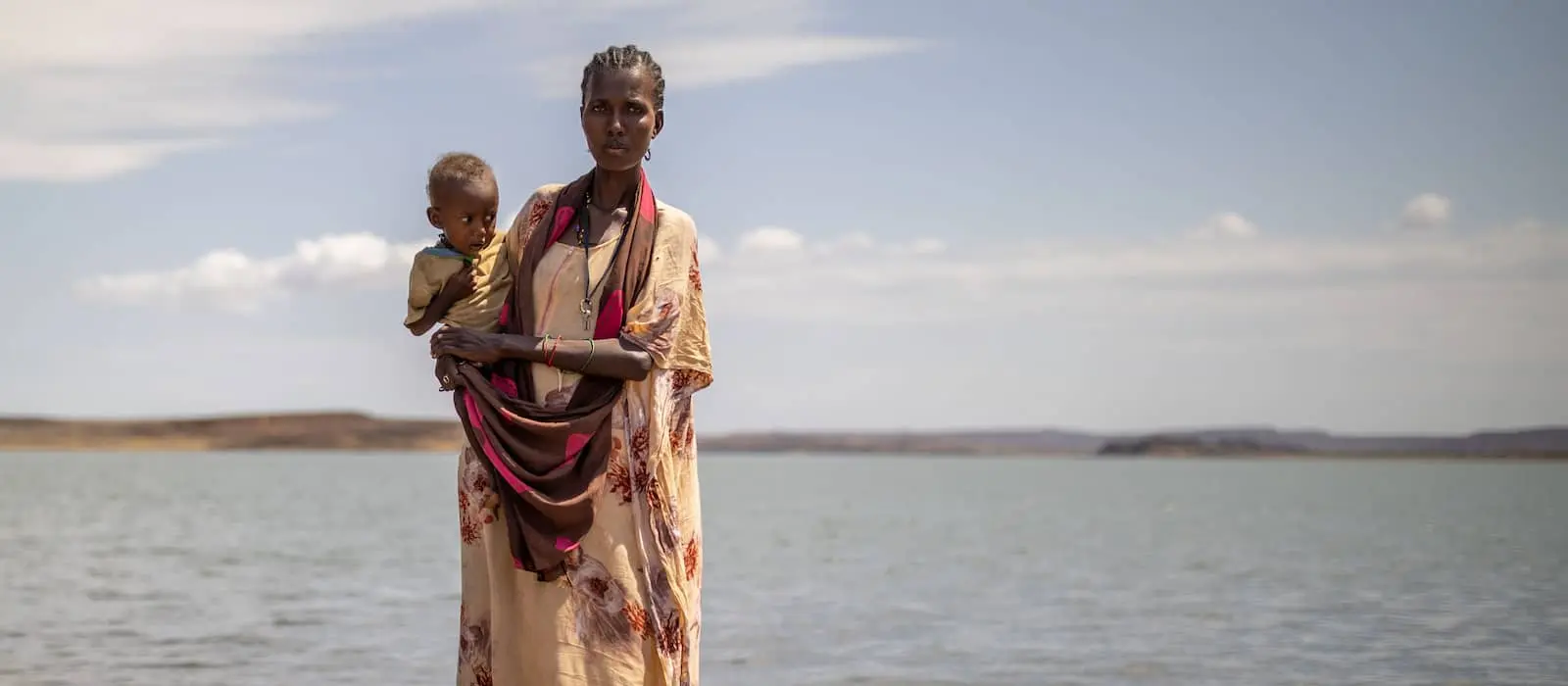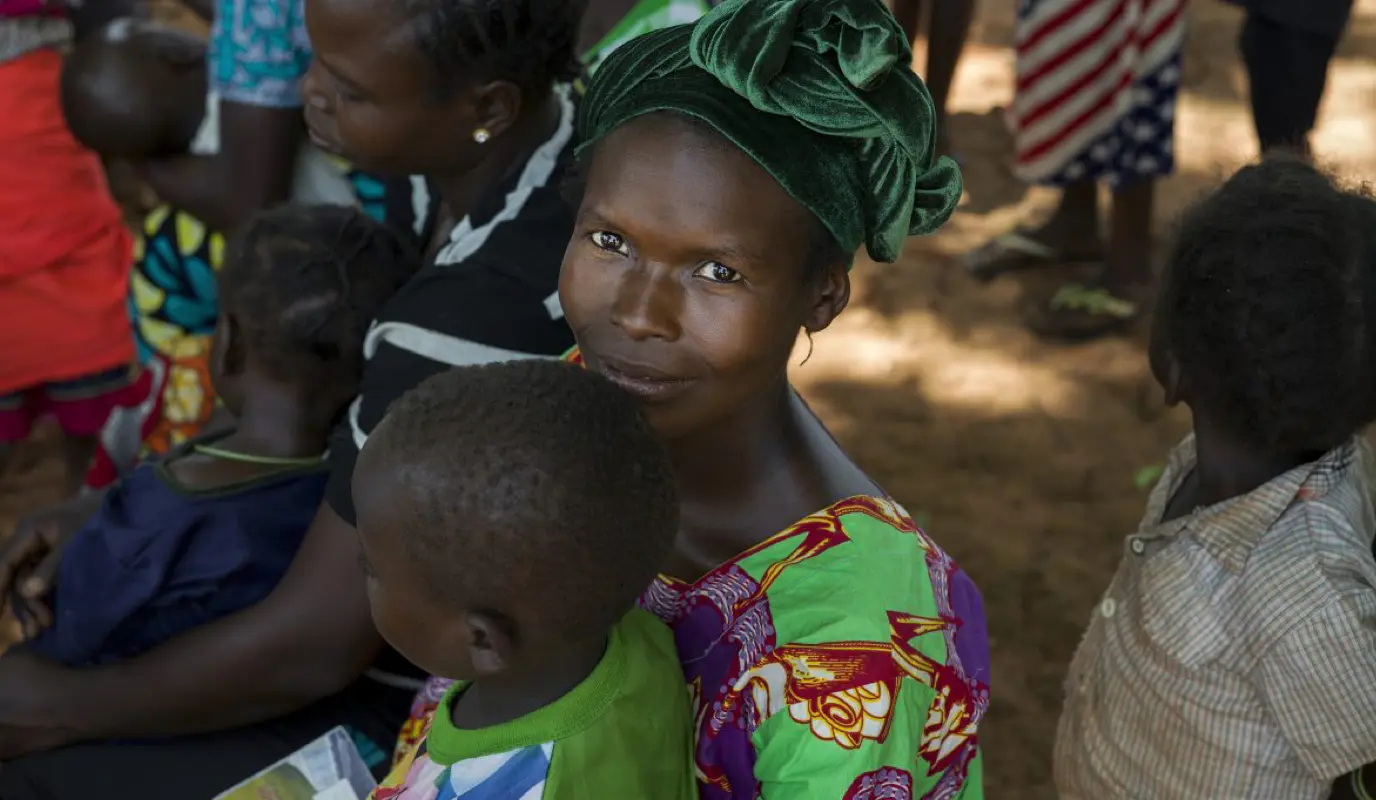For most of our 55-plus years as an organization, Concern has led the way with standard-setting programs that strengthen local health systems and provide quality nutrition support and education to the world’s most vulnerable communities.
- 828 million people went hungry last year — an increase of 150 million since COVID
- 670 million people are expected to still be facing hunger by 2030
- 149 million children under age 5 are stunted (low height for age) due to malnutrition
- 21% of all Africans are undernourished — double the rate of any other region.
How we do it
Our impact
- 11.4 million people reached last year with our health and nutrition programs in 23 countries
- 342,000 people across 5 countries reached last year with a new program designed to fight malnutrition
- Malawians in remote areas vaccinated against COVID-19 via 18 Concern-supported clinics
- 80% cure rate for Rohingya refugee children under the age of 5 treated for malnutrition
And that’s just in one year.
For every dollar donated to Concern, $0.93 goes immediately into our life-saving programs around the world. Your tax-deductible gift makes you part of a vital community that enables us to reach millions of people each year with lifesaving nutrition solutions.


